Christopher Columbus discovered previously unknown lands far to the west of Europe in 1492, and soon the New World filled with explorers and adventurers looking to strike it rich. The Americas were full of fierce native warriors who defended their homelands courageously, but they had gold and other valuable treasures, which were irresistible to the pillagers.
The men who ravaged the native peoples of the New World were known as the conquistadors, a Spanish word meaning ‘those who conquer.’ How much do you know about the ruthless conquerors who gave the New World to the King of Spain on a platter served with blood?
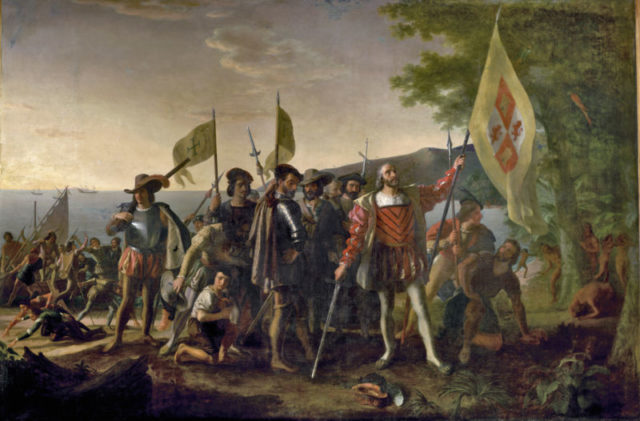
Not all of the conquistadors came from Spain, although the vast majority of them did. The Spanish conquistadors were joined by many men from other European countries in their plundering and conquest of the New World. Two of these Europeans were Ambrosius Ehinger, from Germany, who, in 1533, brutally tortured natives on his way across the northern part of South America in search of the mythical lost city of gold, El Dorado and Pedro de Candia, a Greek artilleryman and cavalryman who went with the Francisco Pizarro expedition.
The New World natives had several tactical disadvantages when compared with the Spanish conquistadors. The Spanish had steel armor and weapons, which made them nearly unbeatable. The native’s armor was unable to defend against steel swords nor could the native weapons penetrate the Spanish armor.
Harquebuses – portable guns, but awkward and cumbersome, were not very useful firearms in a fight, as the loading is too slow and they kill or wound only one enemy at a time. But the smoke and noise of the weapons caused fear and confusion in native armies. Another Spanish military advantage was their cannons – they would take out bands of enemy warriors at a time, something of which the natives had no prior concept. The conquistador crossbowmen would pour arrows down on the enemy fighters, who were unable to defend themselves from the lethal bolts, which could pierce through steel.
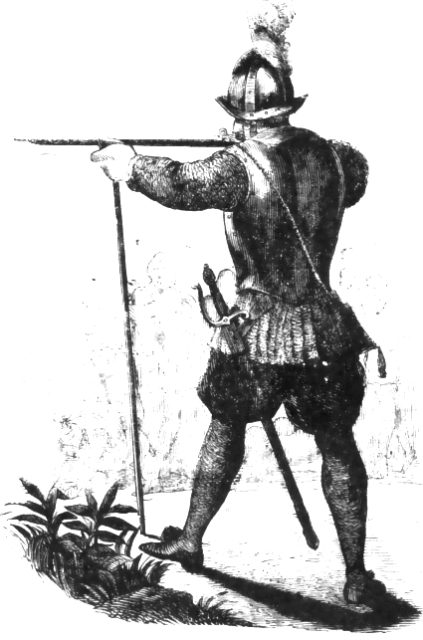
In Mexico, the conquistadors discovered unimaginable golden treasures! The riches included jewelry, masks, great rounds of gold and even gold bars and gold dust. In Peru, Francisco Pizarro commanded that Emperor Atahualpa, in exchange for his freedom, to fill a large room, the first time with gold and twice more with silver. Atahualpa complied, but the Spanish still murdered him.
Overall, Emperor Atahualpa’s ransom amounted to 13,000 pounds of gold and twice that weight in silver. And these riches didn’t even take into account the vast treasures confiscated later when the conquistadors looted the city of Cuzco.
The ordinary soldiers in Pizarro’s militia did fairly well, with each of them getting approximately forty-five pounds of gold and nearly ninety pounds of silver from Emperor Atahualpa’s ransom. However, in Mexico, Hernan Cortes’ soldiers did not do so well. Each common soldier wound up with a measly 160 pesos of gold after the shares were distributed to the King of Spain, Cortes, his military officers, and after various payoffs were made. Cortes’ soldiers firmly believed that he hid enormous quantities of treasure from them and the king.
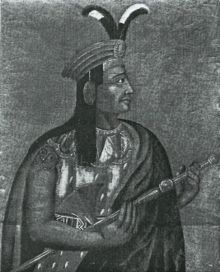
On other expeditions, men were fortunate to get home alive, let alone bringing any gold with them. During one such excursion, the Panfilo de Narvaez expedition, only four men survived the disastrous excursion to Florida, which had begun with 400 people.
The conquistadors were merciless when it came to vanquishing native empires or wresting gold and treasures from them. The brutalities they perpetrated over the course of three centuries are far too numerous to list here, but there are some that stand out.
In the Caribbean, most of the native population was annihilated due to the forcible seizure of property and the Spanish spreading disease. In Mexico, Hernan Cortes directed the Cholula Massacre, and Pedro de Alvarado ordered the Temple Massacre, killing thousands of the men, as well as the unarmed women and children. In Peru, Francisco Pizarro captured Emperor Atahualpa in the midst of an unprovoked bloodbath at Cajamarca. Wherever the conquistadors went, only misery and death followed for the natives.
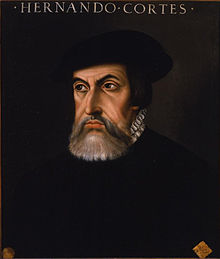
Most people think that the conquistadors, with their refined armor and steel swords, conquered the mighty civilizations of South America and Mexico by themselves. The truth is, for the most part, that they had a lot of help. Cortes wouldn’t have gotten nearly as far as he did without his native interpreter/mistress Malinche. The Mexica (Aztec) Empire was mostly comprised of servant/slave states that were willing to revolt against their tyrannical masters. Cortes also acquired a partnership with the free state of Tlaxcala, which supplied him with thousands of fierce warriors who hated the Aztec and their allies. Pizarro found support against the Inca in Peru among recently conquered tribes such as the Cañari. Without this support of thousands of native warriors fighting alongside them, the legendary Spanish conquistadors most certainly would have failed.
When word reached the Old World of the riches that Cortes was sending out of Mexico and it became common knowledge, thousands of would-be conquistadors, greedy and desperate, congregated in the New World. These pillagers coordinated themselves into groups with only one thing in mind – profit. They were sponsored by wealthy investors and the would-be conquistadors themselves often gambled everything they had on discovering gold or acquiring slaves. Therefore, it’s reasonable to see how disputes between the groups of these heavily-armed bandits would break out frequently. Two of the most famous instances are the Battle of Cempoala between Hernan Cortes and Panfilo de Narvaez in 1520 and 1537, the Conquistador Civil War in Peru.
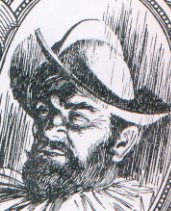
Many of the conquistadors exploring the New World were huge fans of the popular romance novels of the time and some of them were fans of the even more unusual features of historically popular culture. Most of them even believed much of it, and it influenced their assessment of New World reality. It began with the one who thought he had found the Garden of Eden; Christopher Columbus himself. Juan Ponce de Leon famously explored for the Fountain of Youth in Florida. Francisco de Orellana witnessed women warriors on a great river – he named them Amazons after the warrior women of ancient Scythia, and the river bears the name to this day. California is named after a fictional island in a popular Spanish chivalric novel. Many other conquistadors were certain they would find the devil, the lost kingdom of Prester John, a land of giants, or any number of other improbable monsters and places in the unexplored corners of the New World.
After Hernan Cortes had conquered and looted the Aztec Empire and Francisco Pizarro the Inca Empire between 1519 and 1540, thousands of people came from Europe, longing to strike it rich on the next expedition. Several expeditions embarked, searching everywhere from the prairies of North America to the tropical rain forests of South America. A rumor of one last rich native empire – the lost city of gold, known as El Dorado proved so enduring that people didn’t stop looking for it until about 1800, About Education reported.

The conquistadors who conquered and destroyed native empires are not well thought of in the kingdoms they seized. You won’t find any major statues of Hernan Cortes in Mexico. In Spain, the one of him there was spoiled in 2010 when someone splashed red paint all over it.
However, there are two majestic statues proudly displayed on Reform Avenue in Mexico City of Cuitláhuac and Cuauhtemoc, two Aztec Tlatoani chieftains who fought the Spanish conquistadors. For many years, in Lima, Peru, a statue of Francisco Pizarro stood in the main square but has been moved recently to an out-of-the-way city park in a smaller part of the city. In an unassuming grave in Antigua, Guatemala, conquistador Pedro de Alvarado is buried but his old enemy, Tecun Uman, has his face on Guatemalan currency.
